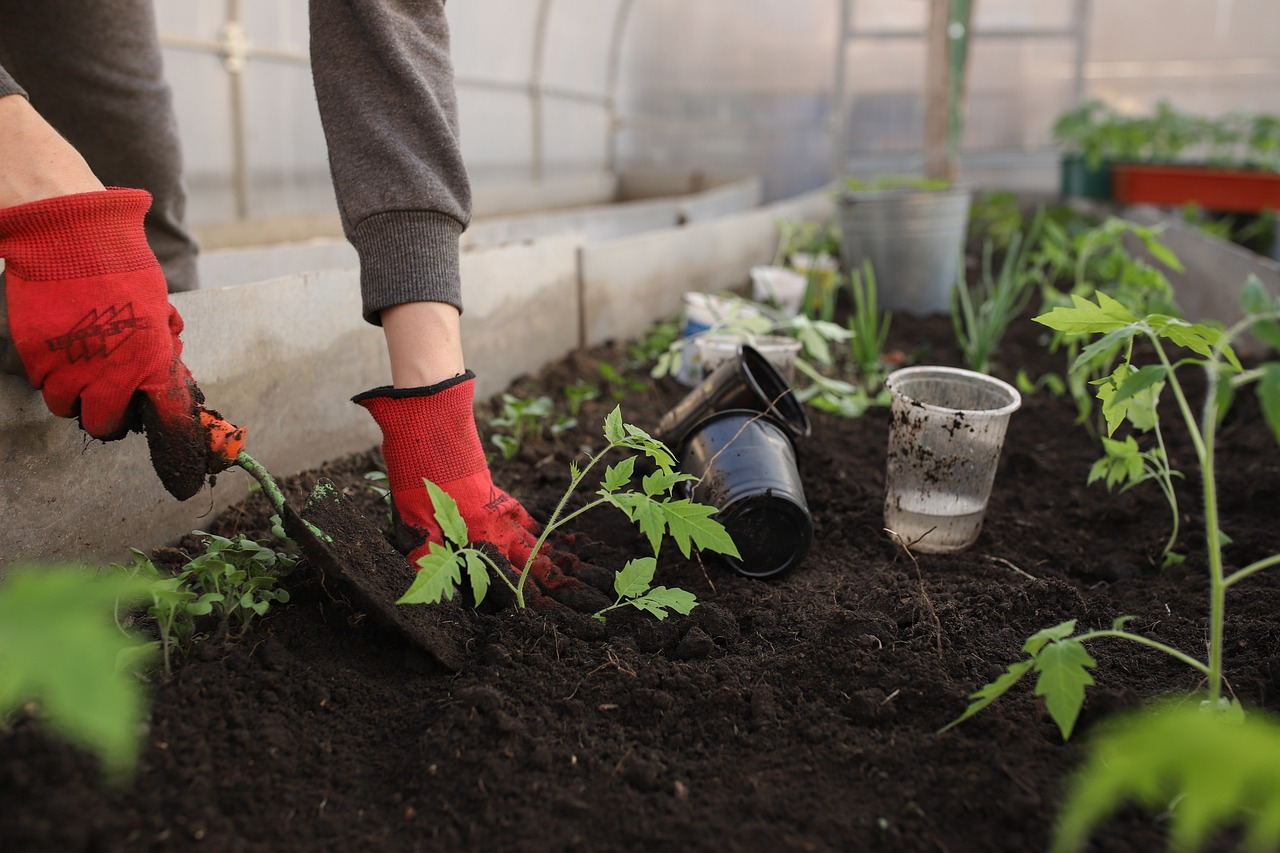
Vegetable Planting Calendar: When to Plant What
With so many different types and varieties of vegetable plants, it's not easy to keep track of when to sow what. That's why you'll find the sowing dates for vegetable species broken down by month here.
This Article Contains:
Quick Overview
Sowing in January/February:
- chilli, cabbage, peppers, salads
Sowing in March/April:
- eggplants, peas, cucumbers, potatoes, garlic, pumpkin, leek, carrots, tomatoes, radishes, beet, spinach, zucchinis, onions
Sowing in May/June:
- From mid-May, after the Ice Saints, all vegetables can be sown outdoors or pre-grown plants can be planted out.
Sowing in July/August:
- Some crops with a short growing season can still be sown. Sowing of winter vegetables such as cabbages, winter lettuces and spinach can also be started now: cabbages, winter lettuces and spinach.
Growing in January - This Is Possible
The successful germination of seeds depends on many conditions such as temperature and light. However, there is rarely enough light in January, as the days are still very short. Nevertheless, there are some types of vegetables that you can sow in advance. In our article on Winter Sowing, you will find some tips on which vegetables can be sown in January and what you should bear in mind.
Sowing in February
Even in February, light is often still scarce. Nevertheless, you can already grow and sow a few more types of vegetables than in January. If you don't have a suitable place on the windowsill with sufficient light and constant temperatures, Plant Lamps can be helpful. This will provide your plants with additional light in addition to daylight. You can find out what you should bear in mind when growing seedlings in our article Growing Vegetable plants. An overview of which plants you can sow on the windowsill indoors and which you can sow outdoors can be found below.
What Can You Bring forward in February?
- artichoke, cauliflower, broccoli, chili, broad beans, peas, spring onions, potatoes, celeriac, kohlrabi, leek, sea kale, red cabbage, turnip tops, peppers, Brussels sprouts, red cabbage, lettuce, spinach, celery stalks, turnip, white cabbage, savoy cabbage, onions
What Can Be Sown Directly in the Open Field/Greenhouse in February?
- broad beans, early carrots & radishes, chervil turnip, garlic, leek, daikon, spinach
Exactly when the seeds can be sown outdoors depends on the soil temperature. You can therefore use the information on the seed packets to determine whether you can already sow your plant seeds outside.
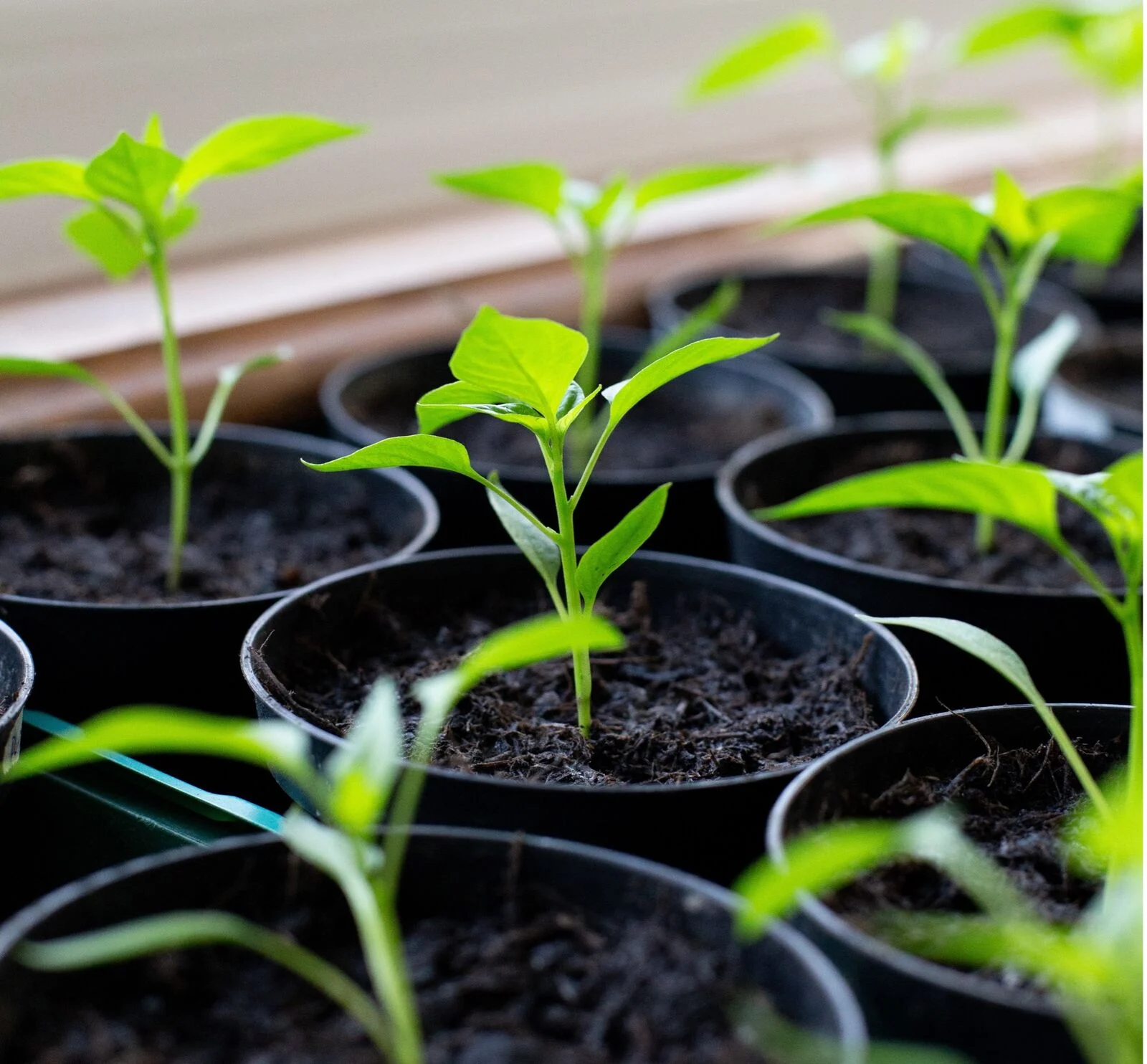
Sowing in March - Now It Really Gets Going
In March, the temperatures slowly start to rise and most plants can be pre-grown from the end of March at the latest. Some plants can now also be sown directly in the greenhouse, giving them a head start over outdoor sowing. If you would like to know more about propagation pots, take a look at our article on Propagation Pots and Tools for Successful Propagation.
What Can I Propagate and Plant in March?
- artichoke, aubergine, basil, broccoli, chinese cabbage, endive, peas, tiger nuts, fennel, spring onions, cucumber, potatoes, celeriac, kohlrabi, pumpkin, swiss chard, sea kale, peppers, parsnips, parsley, physalis, daikon, brussels sprouts, red cabbage, lettuce, chives, mustard, tatsoi, tomatoes, white cabbage, savoy cabbage, courgettes, onions
What Can I Sow Directly in March?
- asian lettuce, watercress, broad beans, peas, spring onion, garden onion, oat root, carrots, chervil turnip, garlic, leek, chard, New Zealand spinach, oil radish, parsnip, parsley root, radish, daikon, beet, turnip, rocket, lettuce, sorrel, black salsify, mustard, spinach, rutabaga, jerusalem artichoke, white beet, winter parsley, root parsley, snow peas, onions
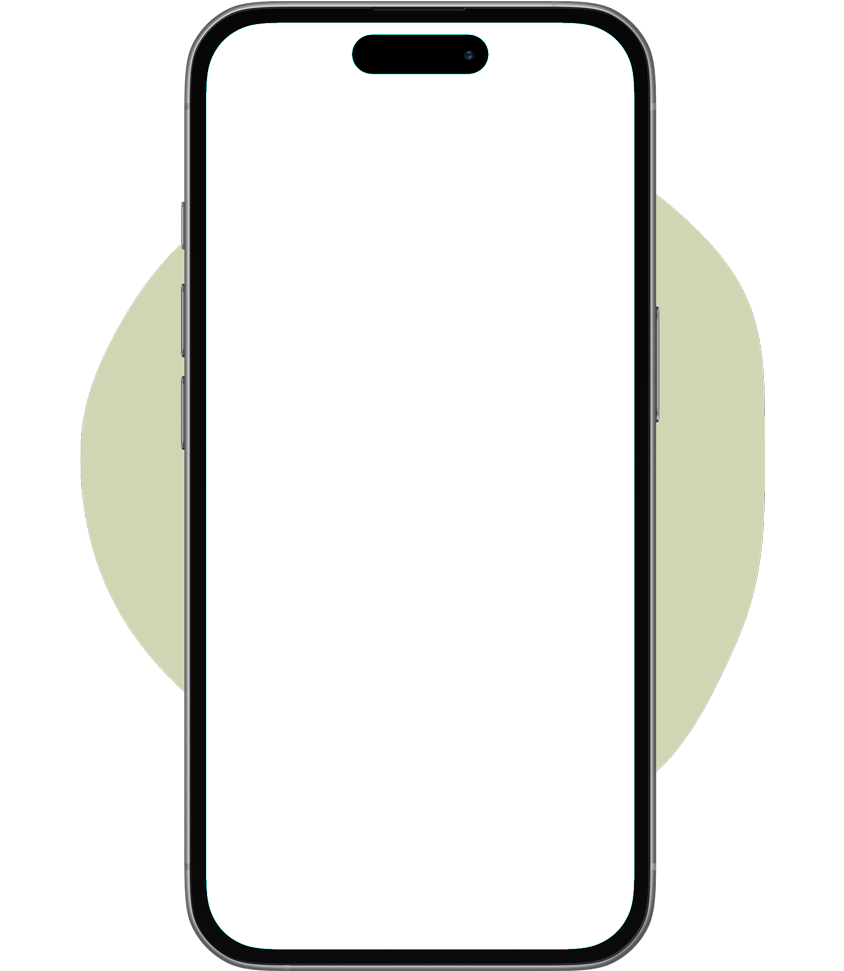
Find More Information in Our Library
In our library you will find information on the individual varieties with cultivation periods, tips on planting and harvesting. You will also find good and bad companion plants to help you plan a mixed crop.
View LibrarySowing in April
Although the weather can often be very changeable in April, some seeds can now be sown directly outdoors. The cultivation of pumpkin plants begins so that they can be planted outside in May after the Ice Saints. Many can also be planted in the greenhouse. Depending on the climate, some vegetables that require more warmth can also be planted under glass.
Which Vegetables to Propagate and Plant in April?
- Artichoke, eggplant, broccoli, chinese cabbage, endive, cucumber, nasturtium, pumpkin, chard, corn, sea kale, melon, bell pepper, romanesco, Brussels sprouts, mustard, runner beans, tomatoes, zucchini
Sowing in April - Open Field and Greenhouse
- asian salads, cauliflower, watercress, Chinese cabbage, endive, peas, spring onions, carrots, potatoes, garlic, celeriac, kohlrabi, turnip, corn, chard, leek, palm cabbage, parsnips, parsley, purslane, radishes, daikon, rhubarb, romanesco, beet, red cabbage, turnip tops, rocket, lettuce, mustard, spinach, pointed cabbage, rutabaga, Jerusalem artichoke, white cabbage, savoy cabbage, onions

Which Vegetables to Sow in May?
Once the ice saints have passed in May, all heat-loving vegetables can now be planted out or sown (tomatoes, peppers, cucumbers, etc.). Plants such as cabbages, chard, lettuce and spinach can also be pre-grown in May for growing in sets. Kale for the fall and winter harvest can also be sown outdoors now. You can find a list of vegetables that you can sow in May in the article Gardening Month May.
Sowing in June
In general, any vegetable can be planted and sown in June. However, you should consider whether crops with a long growing period will still be ready to harvest in time. There are also some species or varieties that do not germinate well or start to sprout quickly when temperatures are too warm. Some cabbage varieties can already be grown in advance for the fall.
There can also be differences within species. This is because some varieties have a shorter ripening period than others. For example, there are early and late potato and carrot varieties or varieties that are only suitable for spring or fall harvesting. You should therefore take this into account in your planning when buying your seeds.
What Can You Sow in June?
- bush beans, peas, fennel, scarlet runner beans, carrots (summer varieties), potatoes (late varieties), cabbage (head cabbage, broccoli, savoy cabbage, cauliflower), pumpkin, leek, spring onions, chard, pak choi, runner beans, radishes, daikon, beet, lettuce (summer varieties), salsify, spinach, runner beans, root parsley, zucchini, sweetcorn
What Can You Plant in July?
Summer is now in full swing at the beginning of July, so who is already thinking about the still distant winter? But now is the time to start preparing for the winter months so that you can still harvest vegetables from your own garden. It's not that difficult. Some varieties, such as Brussels sprouts or root vegetables like black salsify, even need to be sown earlier. In our article on Growing Winter Vegetables by Wolfgang Palme, you will find some tips and tricks on how to harvest vegetables successfully in winter.
Sowing in July - Open Field
- beans, peas, kale (as seedlings), kohlrabi, leek, chard, carrots (summer varieties), lettuce & spinach (summer varieties), radish, daikon, beet, rocket, savoy cabbage
Sowing in August - Sowing Winter Vegetables
You can still sow a few things in August. You can find an overview of when you should sow which winter vegetables and which types are suitable in our article Growing Winter Vegetables.
What Else Can You Sow in August?
- endive, chard, daikon, turnips, rocket, winter postelein
- until mid-August: Chinese cabbage, pak choi, lettuce, radishes, spring onions, kale, butter cabbage, carrots
- second half of August: spinach, lamb's lettuce, winter savoy cabbage, sugar loaf
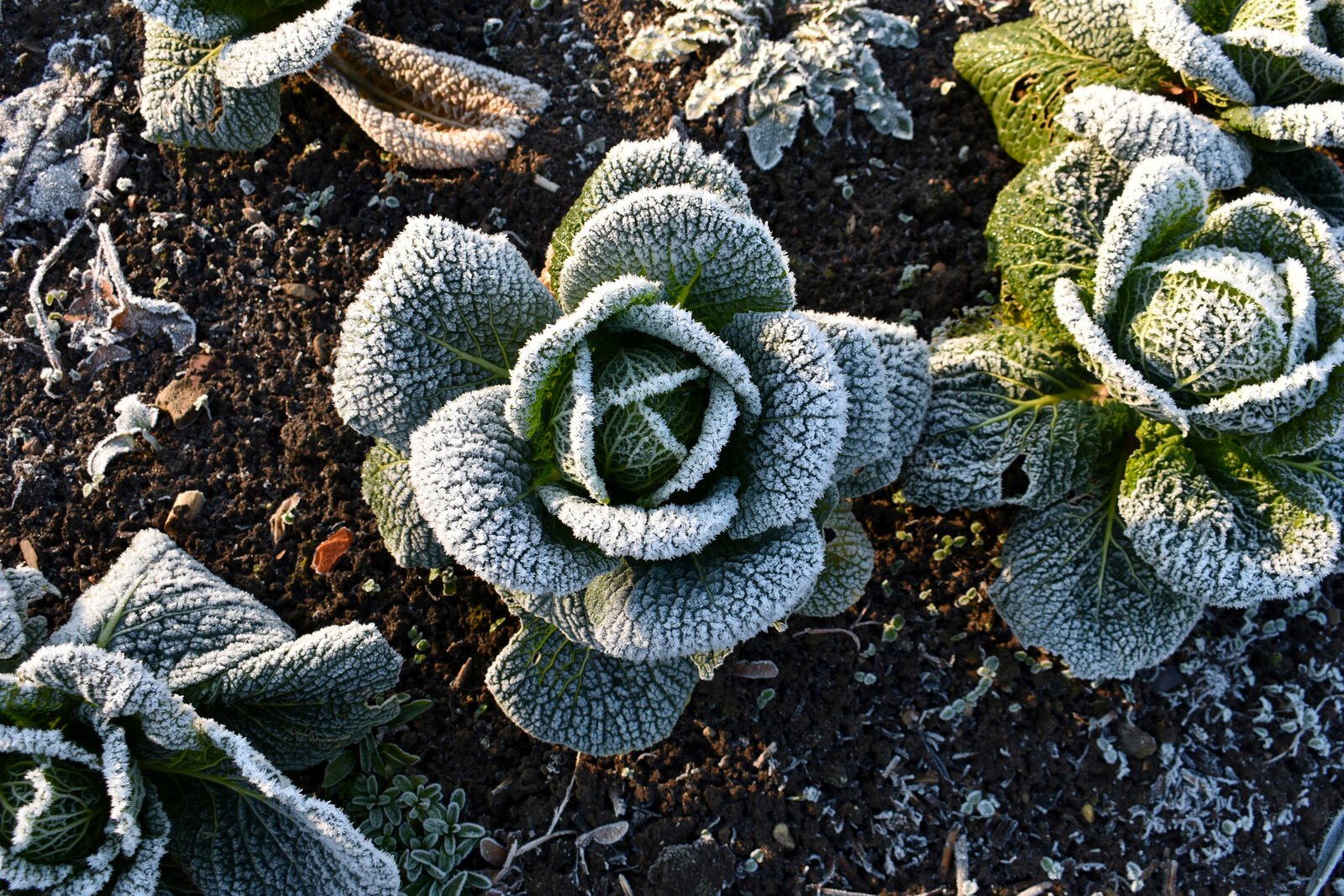
You can continue sowing vegetables into the fall. It is also possible to sow seeds for a harvest the following year. There are some varieties of peas, garlic, cabbage, spinach and winter lettuce that can be sown in the fall. In the article Growing vegetables in winter you will find an overview of frost-resistant vegetables that can remain in the field throughout the winter. Green manure plants are also sown in September or October to add nutrients to your garden soil.
If you have any questions or comments, please write to us at [email protected]. Would you like to receive helpful gardening tips all year round and plan your own beds optimally? Then register here or download the Fryd app for Android or iOS.
Fryd - your digital bed planner
Cover image by Jonathan Kemper on Unsplash.

Marielena
Marielena studies agricultural and environmental sciences. She gardens at home and at an allotment and likes to try out new things.
Learn MoreCurrent Topics in the Community

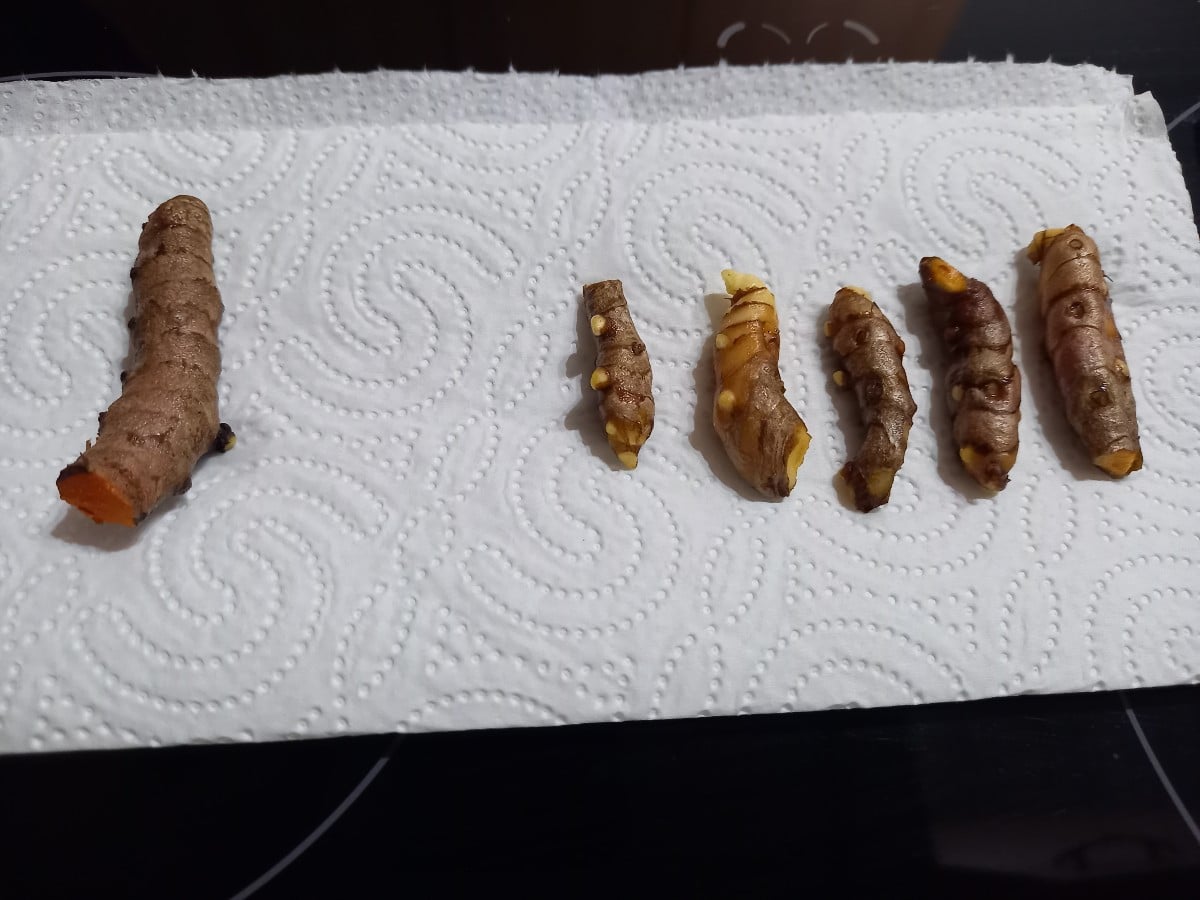
Liked 4 times
Hello folks, Today, after almost a year, I took my turmeric plant out of the flower pot that was on our windowsill. I think it's not bad for a 14x14 pot without any special care. On the left is the mother rhizome, which is also edible.
Show 2 answers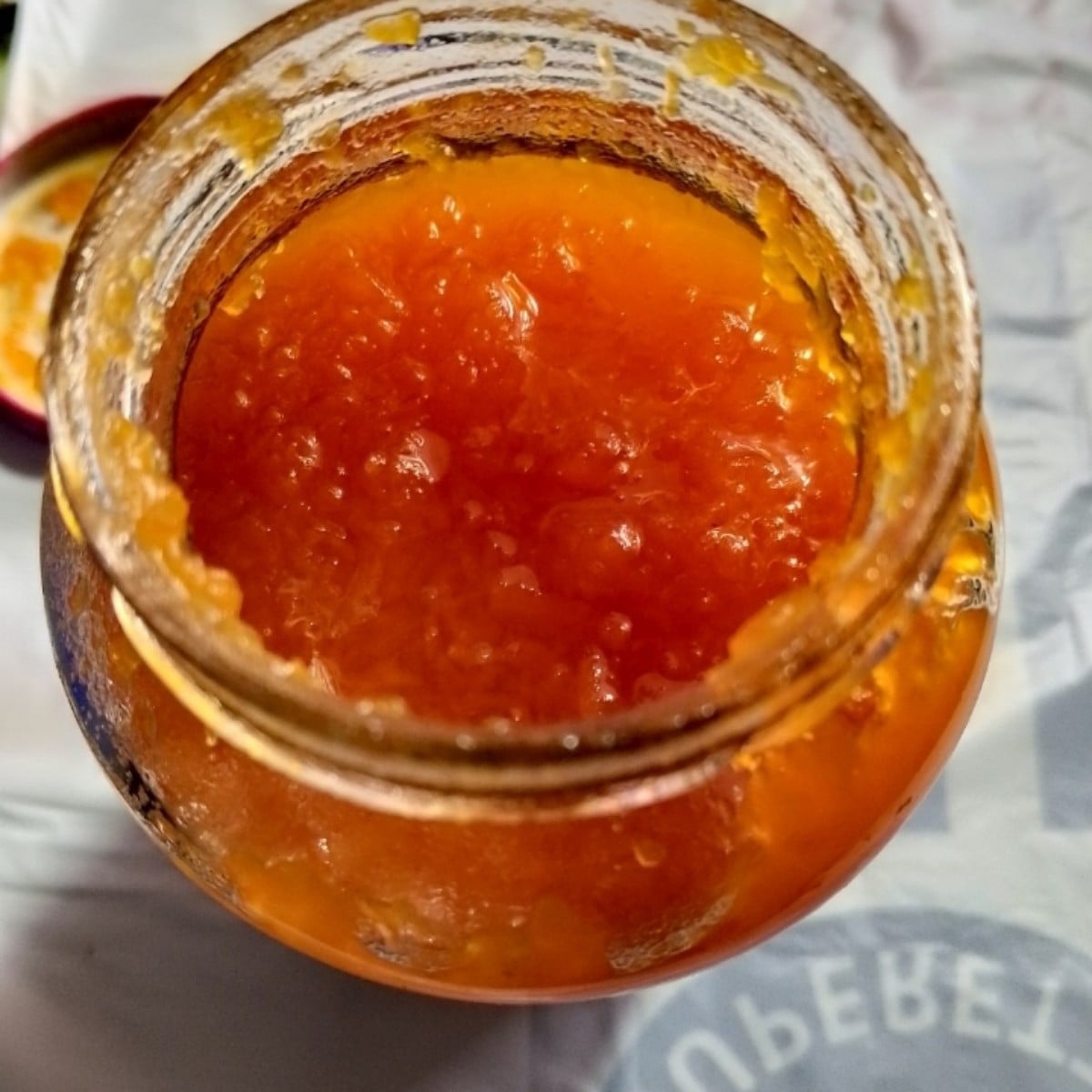
Liked 13 times
Pumpkin jam Cinnamon sticks are added for flavor. It tastes great, do you make pumpkin jam in Europe?
Show 5 answers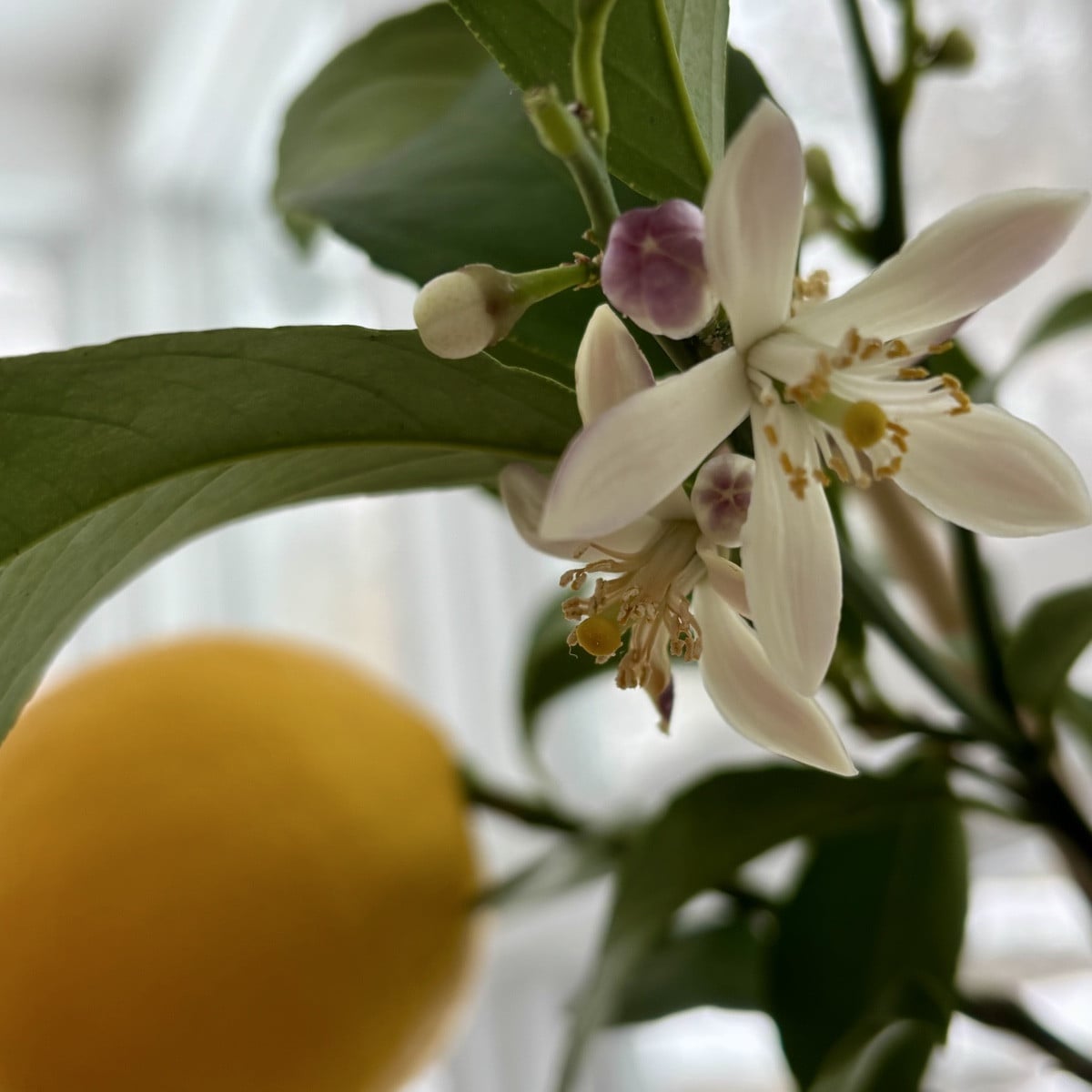
Liked 19 times
There's snow outside, but inside it smells of citrus blossom 🥰🍋🌸
Show 1 answerPopular Articles

Overwintering Parsley: How to Do It Successfully

How to Grow Lettuce in Winter: Varieties, Sowing, Harvesting

Growing Sage Plant: Tips for Sowing and Harvesting

What Herbs Can Be Planted Together?

Create & Design a Permaculture Garden

Overwintering Plants: Tubs, Pots and Raised Beds

Pruning, Fertilizing & Propagating Currants: Care Tips

Pruning Raspberries: How to Do It

Vegetable Garden With Greenhouse: How to Use Greenhouse Effect

Winterizing Beds and the Garden: How to Do It
FAQ
What you can plant depends on the month you are in. In general, you can sow almost all plants outdoors in May and June. From February/March onwards, you can pre-grow plants indoors for the season.
What can you sow in January and February?
You can sow chilies, cabbage, peppers and lettuce in January and February. Cabbage and lettuce can go outside early, while chilies and peppers need to be sown early as they grow very slowly.
What can you sow in March/April?
Eggplants, cucumbers, pumpkins, leeks, tomatoes and zucchinis can be pre-sown in March and April for planting out in May. Onions, peas, potatoes, garlic, carrots, radishes, beet and spinach can be sown directly outdoors or in cold frames.
What can you sow in July/August?
Some crops with a short growing season can still be sown. Sowing of winter vegetables such as cabbages, winter lettuces and spinach can also be started now: Cabbages, winter lettuces and spinach.
Which vegetables also grow in winter?
Many types of cabbage, field and winter lettuce, Asian lettuce and spinach can be planted and harvested throughout the winter. Some onions, garlic and leek varieties can be planted in summer/autumn and then harvested early the following year.